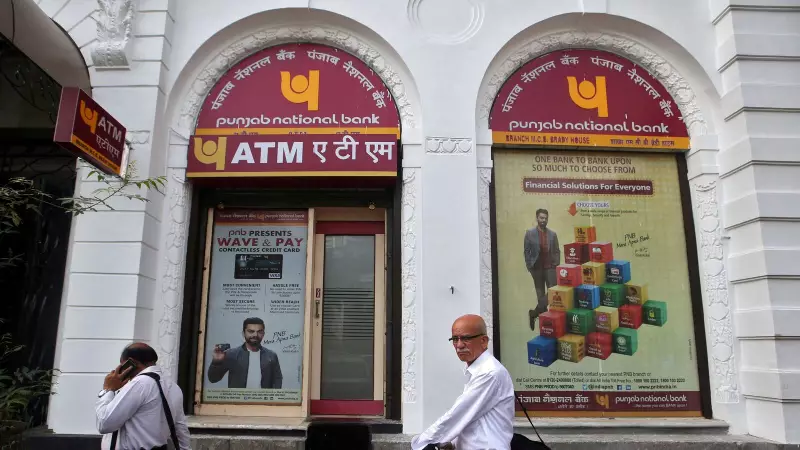
The Indian banking sector, which has enjoyed a period of robust profitability, is now bracing for an extended phase of margin compression, according to recent analyses and RBI data. The era of easy money appears to be winding down as multiple headwinds converge on the industry.
The Squeeze Is On: Understanding the Margin Pressure
Net interest margins (NIMs) – the crucial difference between what banks earn on loans and pay on deposits – have begun contracting across the sector. This trend emerges despite banks reporting strong quarterly profits, creating what analysts call a 'profitability paradox.'
The primary drivers behind this margin compression include:
- Rising deposit costs as banks compete fiercely for customer savings
- Slower growth in high-yielding retail loans
- Increased regulatory scrutiny on certain lending practices
- Persistent liquidity constraints in the system
RBI Data Paints Concerning Picture
Recent Reserve Bank of India reports indicate that the banking system's net interest margin declined to 3.1% in the third quarter, down from previous quarters. While this might seem like a modest drop, the trend direction has alarmed sector experts.
"The margin compression cycle has legs," noted a senior banking analyst. "What we're seeing isn't a temporary blip but a structural shift. Banks that adapted quickly to the low-rate environment now face the challenge of recalibrating for a high-cost deposit scenario."
Sector-Wide Impact: Public vs Private Banks
The margin pressure isn't affecting all banks equally. Public sector banks, which had just begun their recovery journey, face particular challenges due to their legacy issues and higher operational costs. Private banks, while better positioned, aren't immune to the sector-wide trends.
- Public Sector Banks: Grappling with the dual challenge of margin compression and government mandates
- Private Banks: Facing intense competition and rising customer acquisition costs
- Small Finance Banks: Experiencing the most significant margin pressure due to their business models
The Road Ahead: What to Expect
Banking experts suggest the margin compression could continue for at least another 2-3 quarters. The critical factors to watch include:
Deposit growth rates: If banks cannot attract sufficient deposits without offering higher rates, margins will suffer further.
Credit demand: A slowdown in loan growth, particularly in high-margin segments, could exacerbate the situation.
Regulatory changes: Any shifts in RBI's monetary policy or regulatory framework could significantly impact bank margins.
The banking sector's ability to navigate this challenging period will depend on operational efficiency, digital transformation progress, and strategic portfolio management. As one industry veteran remarked, "The easy profits are behind us. Now comes the real test of banking fundamentals."





